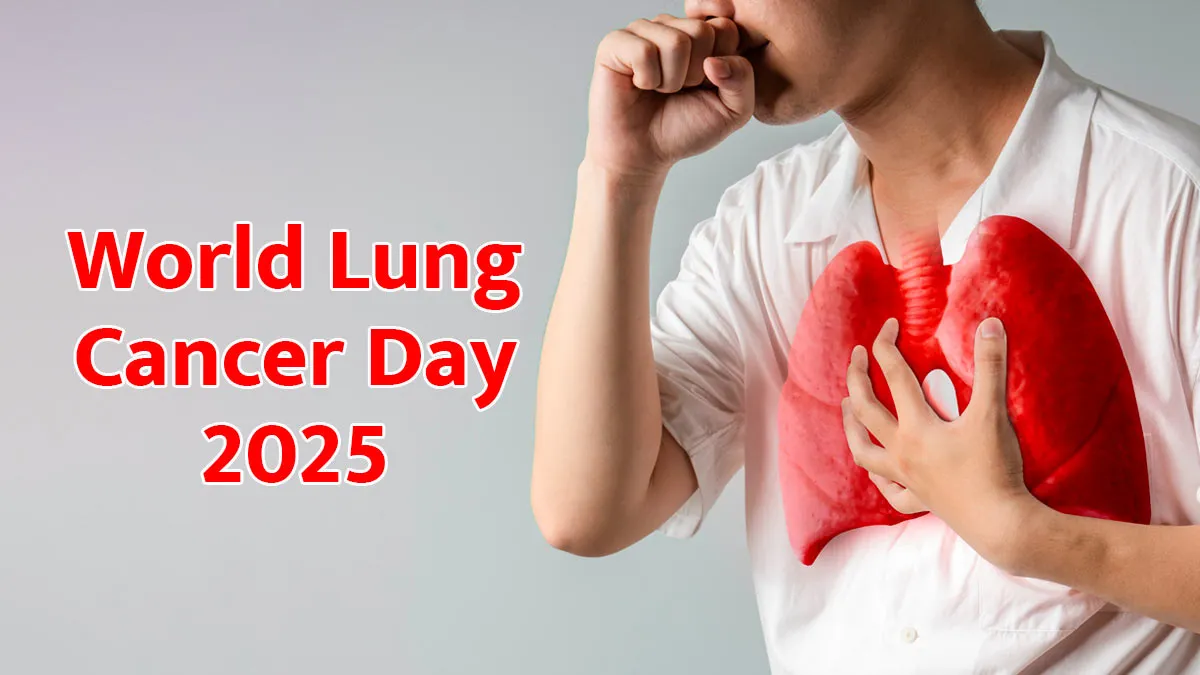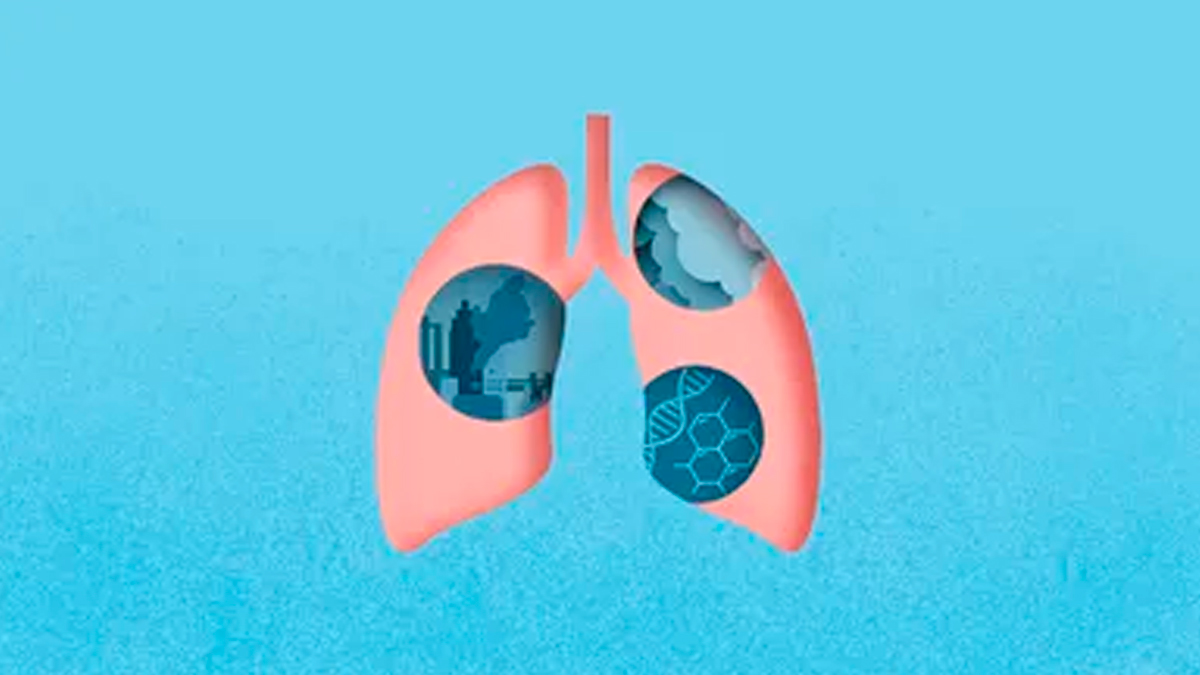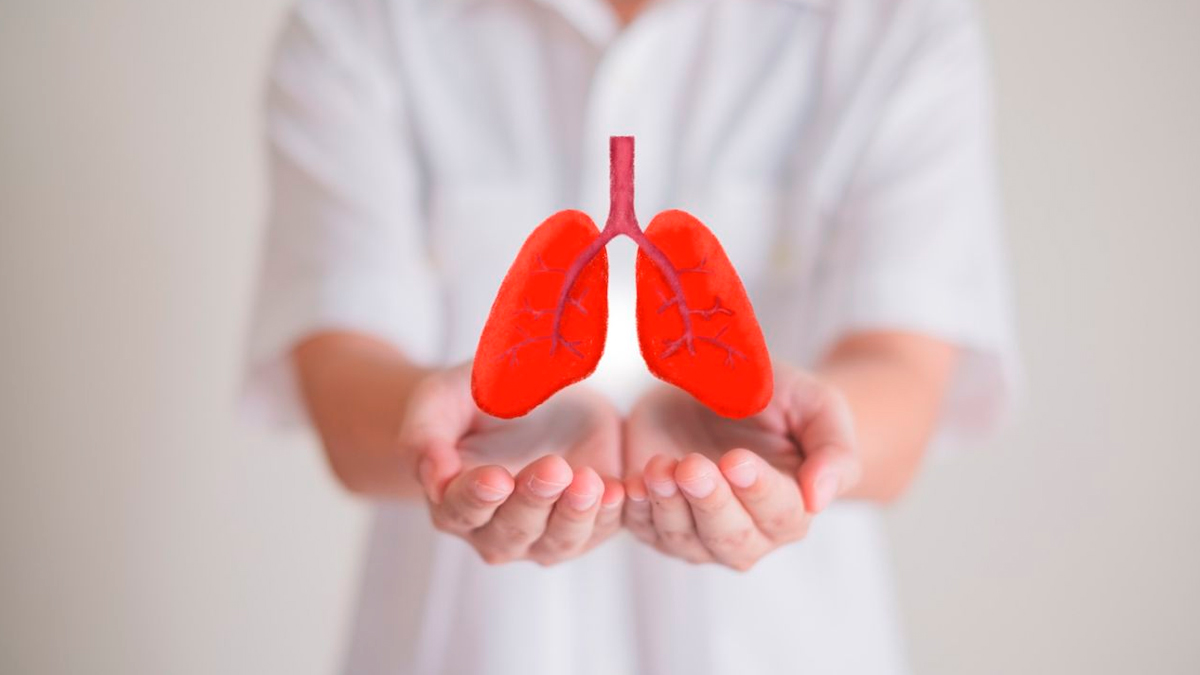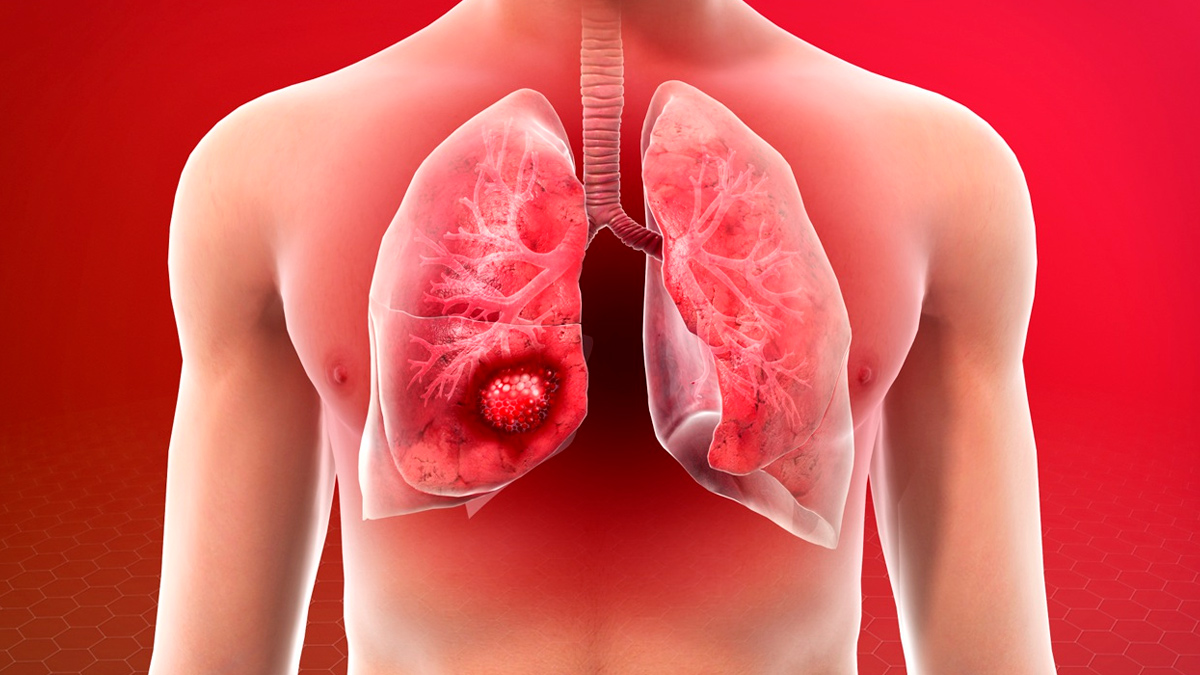
When it comes to health worries, few things feel as serious as hearing about lung cancer. It’s the kind of diagnosis that touches nearly every family at some point, whether through relatives, friends, or in our own communities. One reason lung cancer remains so deadly is that it often goes unnoticed until it’s too late for simple solutions. But this World Lung Cancer Day, there’s more hope on the horizon, thanks to technology and a new push for earlier screening and better care.
Table of Content:-
The History and Purpose of World Lung Cancer Day![world lung cancer day 1 - 2025-08-01T165211.075]()
World Lung Cancer Day is observed every year on August 1. The day was started to bring attention to the impact of lung cancer, support patients and families, and raise awareness about early detection and prevention. With millions of new cases each year globally, it’s one of the most significant causes of cancer deaths. That’s why a day dedicated to knowledge, sharing, and community support is so important; it reminds us all to learn, discuss, and push for progress together.
ALSO READ: Can Kitchen Smoke Increase Your Cancer Risk? What Science Says
Why Lung Cancer Is So Hard to Beat
Lung cancer is tough for one main reason: it’s often silent in its early stages. People usually don’t notice symptoms until the disease has already spread. By the time a doctor finds the cancer, treatment can be less effective and options more limited. Many people are diagnosed after they have a cough that won’t go away, pain, or breathlessness, clear signs that it’s more advanced.
That’s why early detection matters so much, and this is the focus of this year’s World Lung Cancer Day theme: catching the disease sooner, when hope is higher.
How AI is Changing the Lung Cancer Story

Here’s the big news: artificial intelligence, or AI, is changing what’s possible. According to
Mr. Bhargava Reddy, Chief Business Officer – Oncology at Qure.ai, tools powered by AI can now:
- Review chest X-rays and CT scans in seconds, much faster than humans.
- Spot small or subtle patterns that even trained eyes might miss in routine checks.
- Integrate patient details like smoking history or other risks to flag high-risk cases.
- Support doctors in primary health centers and small clinics, not just large hospitals.
- Help frontline providers catch lung cancer earlier, even when there isn’t a radiologist on site.
With AI, a small hospital or rural clinic can get the kind of diagnostic power that used to only be available at big city institutions. This means more people can be screened and treated early, no matter where they live.
Making Diagnosis, Treatment, and Follow-Up Smarter
AI doesn’t just spot cancer, it helps guide decisions about what to do next. By bringing together scan results, patient history, and the latest clinical guidelines, AI can suggest:
- Whether more imaging is needed.
- If a biopsy (tissue test) should be done.
- When patients should see a specialist, and how urgent the case is.
- This approach cuts down on delays, boosts accuracy, and makes the entire care journey more personal and precise.
Why This Shift Matters![lung cancer ai diagnosis 3 - 2025-08-01T165215.148]()
Moving from “late-stage crisis” care to routine, early screening is a game-changer. It turns a scary diagnosis into something that can often be managed or even cured. With AI, early intervention becomes possible everywhere, not just for those with access to top-tier clinics.
ALSO READ: World Cancer Day 2025: Check Theme, History, Significance And Inspirational Quotes
Final Thoughts
Lung cancer is still a major challenge. But World Lung Cancer Day 2025 is about pushing for change. By embracing AI-assisted screening and care, we’re finally moving toward a future where every person has a fighting chance, no matter where they live or when they’re diagnosed. It’s a team effort, and this new wave of technology is here to help all of us do better, together.
Also watch this video
How we keep this article up to date:
We work with experts and keep a close eye on the latest in health and wellness. Whenever there is a new research or helpful information, we update our articles with accurate and useful advice.
Current Version

